Home>Gardening & Outdoor>Pool & Spa Care>Why Is The Pool Cleaner Not Moving
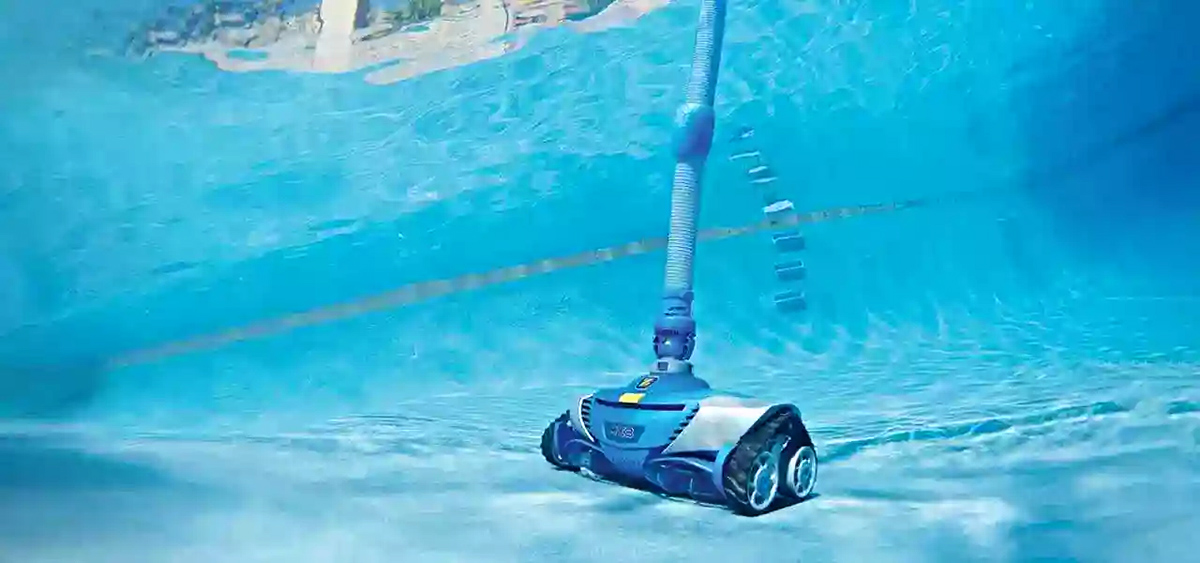

Pool & Spa Care
Why Is The Pool Cleaner Not Moving
Modified: January 5, 2024
Discover common reasons why your pool cleaner may not be moving and learn how to troubleshoot the issue effectively. Get expert tips for pool and spa care.
(Many of the links in this article redirect to a specific reviewed product. Your purchase of these products through affiliate links helps to generate commission for Storables.com, at no extra cost. Learn more)
Introduction
Having a pool can be a source of endless enjoyment, providing a refreshing escape from the summer heat and a gathering place for friends and family. However, a malfunctioning pool cleaner can quickly put a damper on the fun. If you’ve noticed that your pool cleaner is not moving as it should, there are several potential causes to consider. By troubleshooting the issue, you can often identify the problem and implement a solution, restoring your pool cleaner to its optimal functionality.
In this comprehensive guide, we will explore the common reasons why a pool cleaner may not be moving as expected. By following the steps outlined in this article, you can gain a better understanding of the potential issues and take the necessary actions to address them. Let’s dive in and unravel the mystery behind your stagnant pool cleaner.
Key Takeaways:
- Ensure a reliable power supply, free from damage or interruptions, to keep your pool cleaner moving. Regularly check the power cord, outlet, and transformer for any issues that may impede its operation.
- Thoroughly inspect the hose, connections, filter, and pump for obstructions and irregularities to maintain optimal water circulation and pressure, enhancing your pool cleaner’s movement and cleaning efficiency.
Read more: Why Is My Dolphin Pool Cleaner Not Working
Check the Power Supply
When your pool cleaner is not moving, the first step is to ensure that it is receiving an adequate power supply. Begin by inspecting the power cord for any signs of damage, such as cuts, fraying, or exposed wires. If any damage is present, it is crucial to address it promptly to prevent safety hazards and restore the power flow to the cleaner.
Next, verify that the power outlet supplying electricity to the pool cleaner is functioning correctly. You can do this by plugging in another device to confirm that the outlet is operational. If the outlet is not working, you may need to reset the circuit breaker or replace any blown fuses to restore power to the pool cleaner’s outlet.
Additionally, some pool cleaners are equipped with a transformer that converts the standard household voltage to a lower voltage suitable for the cleaner. Ensure that the transformer is securely connected and functioning as intended. If the transformer is malfunctioning, it can impede the power supply to the pool cleaner, resulting in its immobility.
By thoroughly checking the power supply components, including the power cord, outlet, and transformer, you can eliminate power-related issues as the cause of the pool cleaner’s stationary state. Once you have confirmed that the power supply is intact, you can proceed to investigate other potential factors contributing to the pool cleaner’s lack of movement.
Inspect the Hose and Connections
Another critical aspect to examine when troubleshooting a pool cleaner that is not moving is the condition of its hose and connections. The hose serves as the lifeline for the cleaner, delivering water and power to drive its movement and suction action. Start by inspecting the entire length of the hose for any kinks, twists, or obstructions that may impede the flow of water and hinder the cleaner’s mobility.
Check that the hose is properly connected to both the pool cleaner and the designated water intake or skimmer. Ensure that the connections are secure and free from any debris or blockages that could disrupt the flow of water. If the connections are loose or compromised, it can lead to a loss of water pressure, causing the pool cleaner to remain stationary.
In addition to the hose itself, examine the swivels and cuffs that join the hose sections together. These components are prone to wear and tear over time, potentially leading to leaks or reduced water flow. By carefully assessing the integrity of the hose and its associated connections, you can identify and address any issues that may be hindering the pool cleaner’s movement.
Furthermore, it is essential to ensure that the pool’s filtration system is functioning optimally. A clogged or inefficient filter can diminish water circulation, affecting the performance of the pool cleaner. Regularly clean or replace the pool’s filter cartridge or backwash the filter as recommended to maintain a clear and unobstructed water flow, enabling the pool cleaner to operate at its full capacity.
By conducting a thorough inspection of the hose, connections, and filtration system, you can pinpoint any potential impediments to the pool cleaner’s movement and take the necessary steps to rectify them, restoring the cleaner’s ability to navigate and clean the pool effectively.
Examine the Filter and Pump
When troubleshooting a pool cleaner that is not moving, it is crucial to assess the condition and functionality of the pool’s filter and pump, as these components play a pivotal role in maintaining the water circulation and cleanliness. A clogged or malfunctioning filter or pump can significantly impact the pool cleaner’s performance and movement.
Start by inspecting the pool’s filter for any signs of debris buildup or blockages. A dirty or clogged filter can impede water flow, resulting in reduced pressure reaching the pool cleaner. Depending on the type of filter (e.g., cartridge, sand, or diatomaceous earth), follow the manufacturer’s guidelines for cleaning or backwashing the filter to remove accumulated debris and restore optimal water circulation.
Similarly, the pool’s pump plays a critical role in circulating water and powering the pool cleaner. Check the pump for any irregular noises, leaks, or reduced water flow, as these symptoms may indicate underlying issues that require attention. Ensure that the pump’s strainer basket is clean and free from obstructions, allowing for unrestricted water intake and circulation.
If the filter and pump are functioning properly, but the pool cleaner is still not moving, it may be necessary to inspect the water flow and pressure directed to the cleaner. Some pool cleaners rely on a specific water flow rate to operate effectively. Verify that the water flow control valves are adjusted to provide the optimal flow rate for the cleaner’s model, as inadequate water pressure can hinder its movement.
Regular maintenance of the pool’s filter and pump, including periodic cleaning, inspection, and servicing, is essential for ensuring the efficient operation of the pool cleaner and the overall health of the pool. By addressing any issues related to the filter, pump, and water flow, you can enhance the performance of the pool cleaner and promote a cleaner and more inviting pool environment.
Check if the pool cleaner’s filter is clogged or the hose is twisted. Also, make sure the pump and skimmer are working properly to provide enough suction for the cleaner to move.
Look for Obstructions
When a pool cleaner exhibits limited or no movement, it is essential to thoroughly inspect the pool and its surroundings for potential obstructions that may impede the cleaner’s operation. Various types of debris, objects, or irregular pool features can hinder the movement of the cleaner and compromise its cleaning efficiency.
Begin by examining the pool’s surface, including the walls and floor, for any large debris such as leaves, branches, or toys that may obstruct the pool cleaner’s path. Remove any visible obstructions to create a clear and unobstructed cleaning area for the pool cleaner to navigate effectively. Additionally, check for any unusual pool features, such as sharp edges, protrusions, or irregular contours, that may be impeding the cleaner’s movement.
Inspect the pool’s skimmer and pump baskets for accumulated debris and ensure that they are clean and free from obstructions. A clogged skimmer or pump basket can restrict water flow and suction, affecting the pool cleaner’s ability to maneuver and clean the pool thoroughly.
Furthermore, assess the pool’s water circulation and return jets to confirm that they are functioning correctly. Inadequate water circulation can impact the pool cleaner’s movement and overall performance. Adjust the pool’s water return flow to ensure that it facilitates the optimal movement and coverage of the pool cleaner.
If the pool is equipped with a main drain, verify that it is clear of any blockages or debris that may hinder the pool cleaner’s movement. A blocked main drain can disrupt water flow and create obstacles for the cleaner, impeding its ability to navigate and clean the pool effectively.
By diligently searching for and addressing potential obstructions within the pool and its circulation system, you can create an environment conducive to the smooth and unhindered operation of the pool cleaner. Clearing the path and optimizing the pool’s features will enable the cleaner to navigate effortlessly and maintain a pristine pool environment.
Read more: Why Is My Polaris Pool Cleaner Not Working
Check the Programming and Settings
Modern pool cleaners often come equipped with advanced programming and settings that allow for customized cleaning cycles and operational modes. When troubleshooting a pool cleaner that is not moving, it is essential to review and verify the cleaner’s programming and settings to ensure that they are configured correctly for the pool’s specific requirements.
Begin by consulting the manufacturer’s instructions or user manual to familiarize yourself with the pool cleaner’s programming options and settings. Some pool cleaners offer multiple cleaning modes, such as standard cleaning, quick clean, or deep cleaning cycles. Verify that the selected cleaning mode aligns with the current cleaning needs of the pool, taking into account factors such as debris accumulation, water clarity, and overall cleanliness.
Additionally, check the timer settings, if applicable, to confirm that the pool cleaner is scheduled to operate during optimal times for cleaning and maintenance. Adjust the timer settings as needed to ensure that the cleaner’s operation aligns with the pool’s usage patterns and environmental conditions, maximizing its effectiveness in keeping the pool clean and debris-free.
Inspect the pool cleaner’s navigation and obstacle avoidance features, if available, to ensure that they are functioning as intended. Some advanced pool cleaners are equipped with intelligent navigation systems that enable them to maneuver around obstacles and cover the pool area systematically. Verify that these features are activated and calibrated to facilitate the cleaner’s movement and coverage of the pool surface.
Furthermore, if the pool cleaner utilizes a swivel cord or cable, ensure that it is free from tangles or knots that may restrict the cleaner’s movement. A tangled cord can impede the cleaner’s navigation and prevent it from effectively cleaning the entire pool area.
By reviewing and adjusting the pool cleaner’s programming and settings, you can optimize its operation and responsiveness to the pool’s cleaning requirements. Correctly configured settings and modes will enhance the cleaner’s movement and ensure comprehensive coverage of the pool, contributing to a consistently clean and inviting swimming environment.
Conclusion
Addressing a pool cleaner that is not moving requires a systematic approach to identify and resolve potential issues that may be impeding its operation. By conducting a thorough inspection of the power supply, hose and connections, filter and pump, potential obstructions, and programming settings, you can effectively troubleshoot the underlying causes and restore the pool cleaner to its optimal functionality.
Ensuring a reliable power supply to the pool cleaner, free from damage or interruptions, is fundamental to its movement and operation. Additionally, inspecting the hose, connections, and filtration system for obstructions and irregularities is essential for maintaining unimpeded water flow and suction, enabling the cleaner to navigate and clean the pool effectively.
Regular maintenance and cleaning of the pool’s filter and pump are crucial for sustaining optimal water circulation and pressure, which directly impact the pool cleaner’s performance. By addressing any issues related to the filter, pump, and water flow, you can enhance the cleaner’s movement and cleaning efficiency.
Thoroughly examining the pool and its surroundings for potential obstructions, such as debris, irregular pool features, or circulation system blockages, is vital for creating a clear and unobstructed path for the pool cleaner to navigate and clean the pool thoroughly.
Reviewing and adjusting the pool cleaner’s programming and settings, including cleaning modes, timer settings, navigation features, and cord management, allows for customization and optimization of its operation to suit the pool’s specific cleaning requirements.
By implementing the troubleshooting steps outlined in this guide, you can effectively diagnose and address the factors contributing to a pool cleaner’s immobility, restoring its movement and cleaning efficacy. A well-maintained and properly functioning pool cleaner is essential for maintaining a clean, inviting pool environment, allowing you to fully enjoy the benefits of pool ownership.
Remember, if you encounter persistent issues with your pool cleaner’s movement despite troubleshooting efforts, consulting a professional pool maintenance service or the manufacturer’s support team can provide valuable expertise and assistance in resolving the issue.
Frequently Asked Questions about Why Is The Pool Cleaner Not Moving
Was this page helpful?
At Storables.com, we guarantee accurate and reliable information. Our content, validated by Expert Board Contributors, is crafted following stringent Editorial Policies. We're committed to providing you with well-researched, expert-backed insights for all your informational needs.
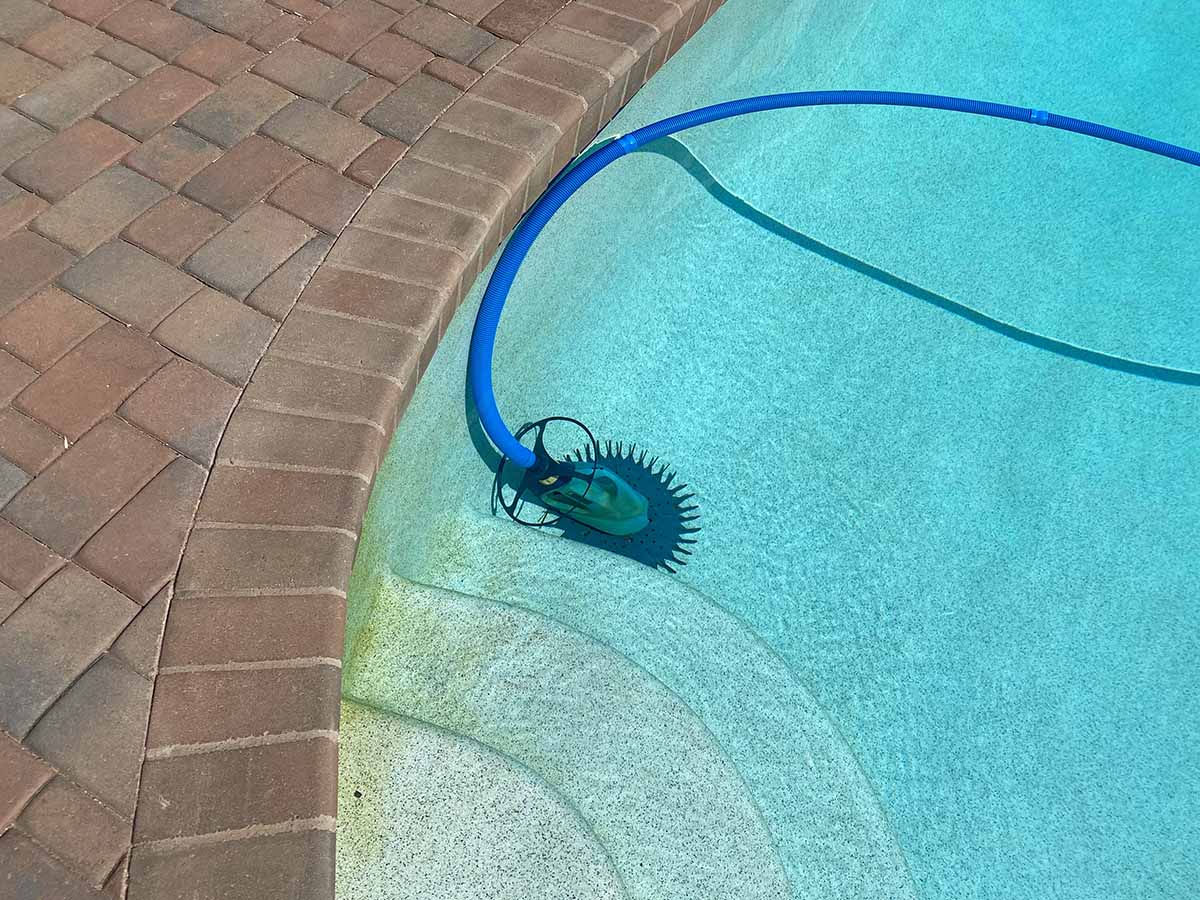
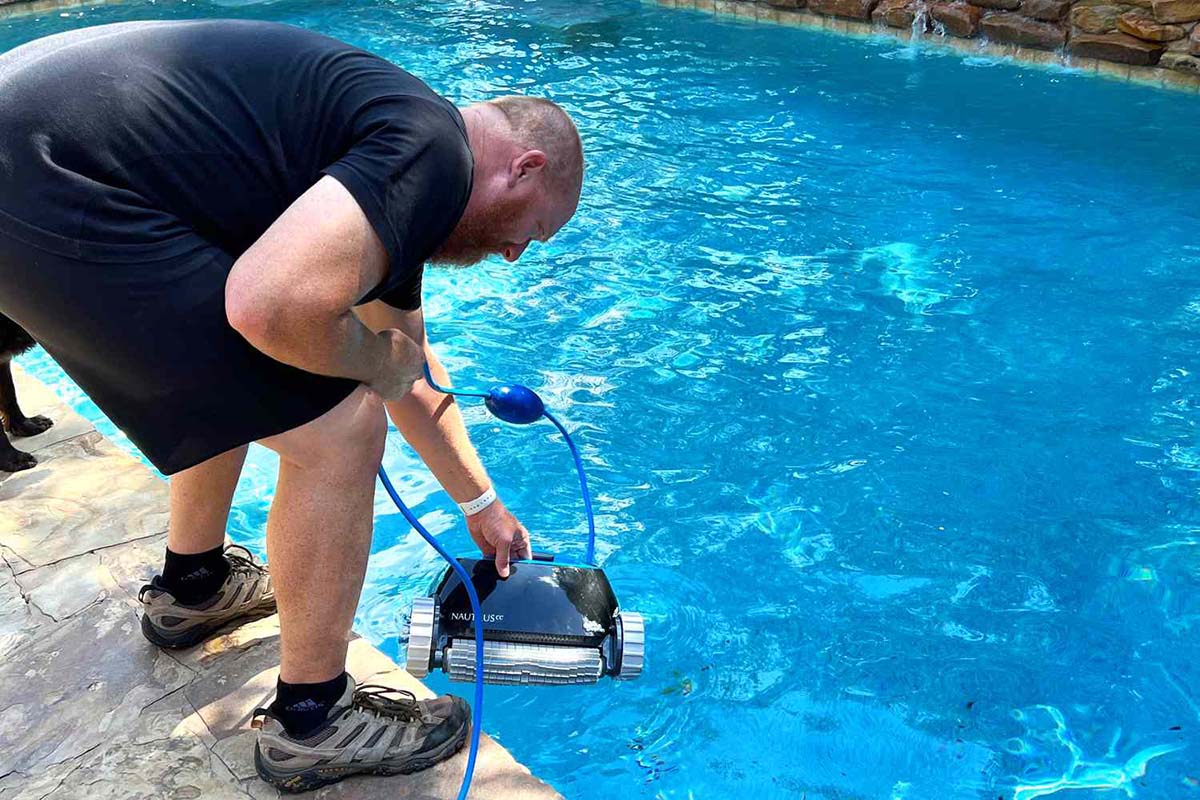
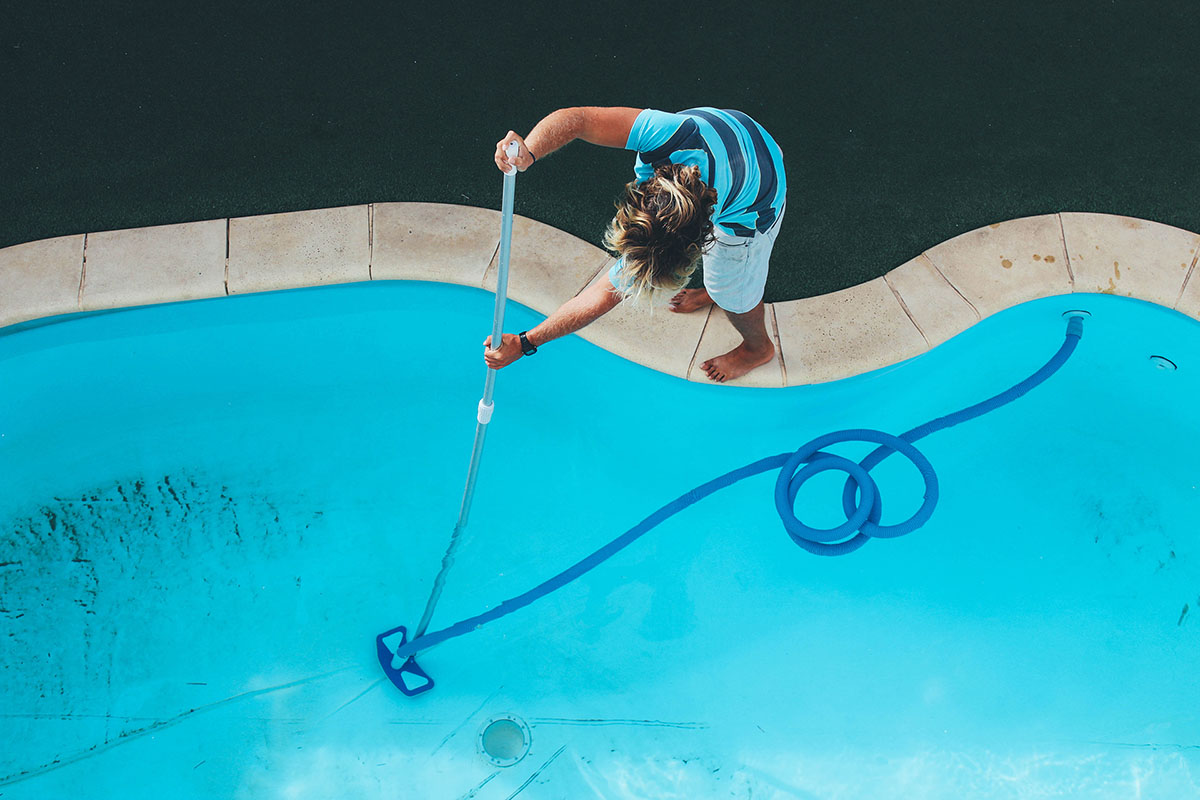
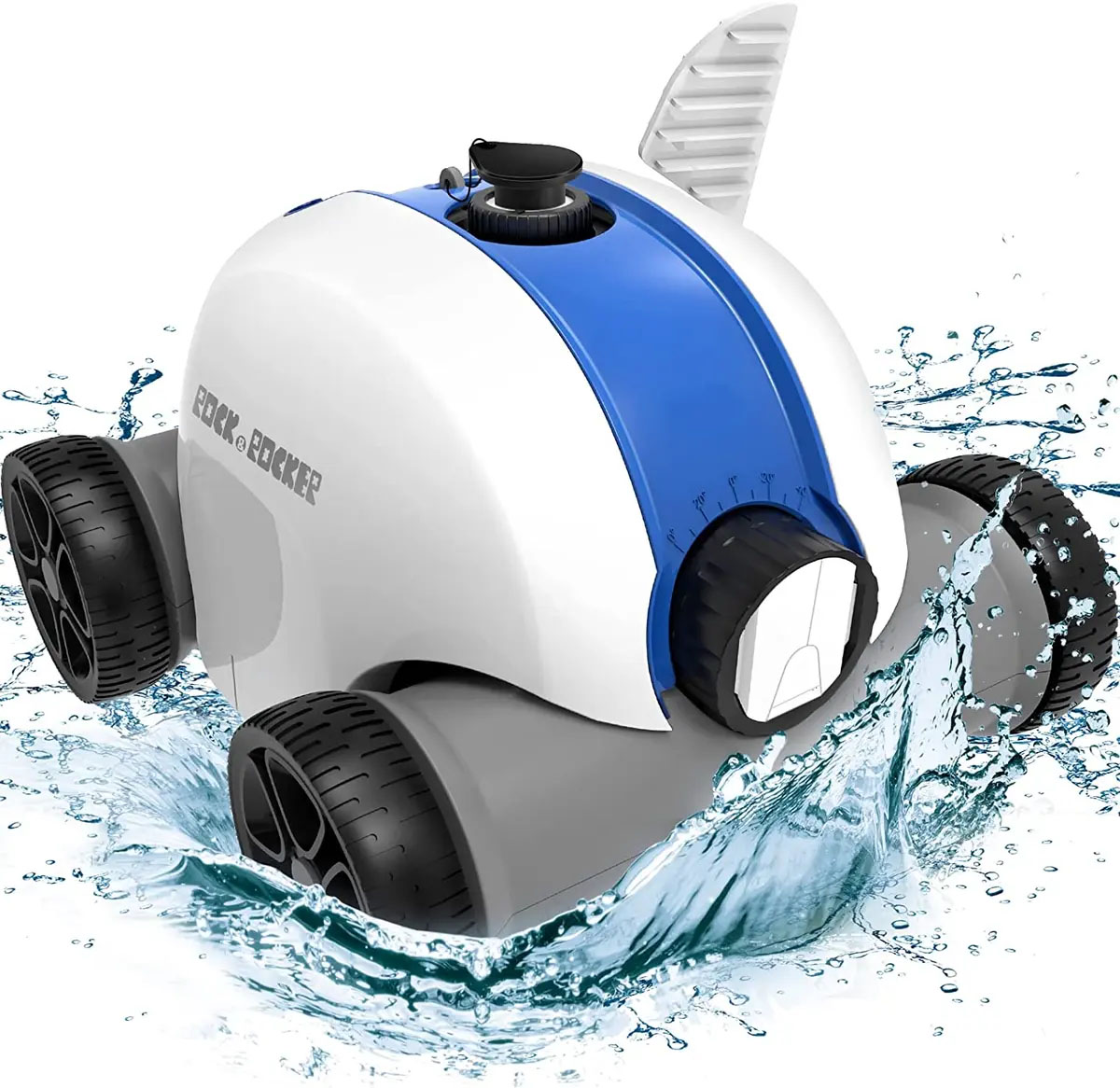
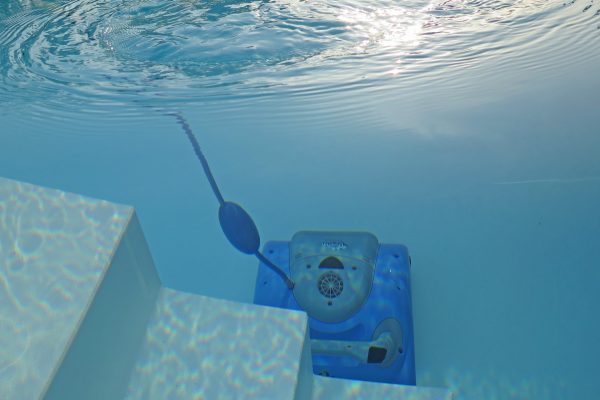
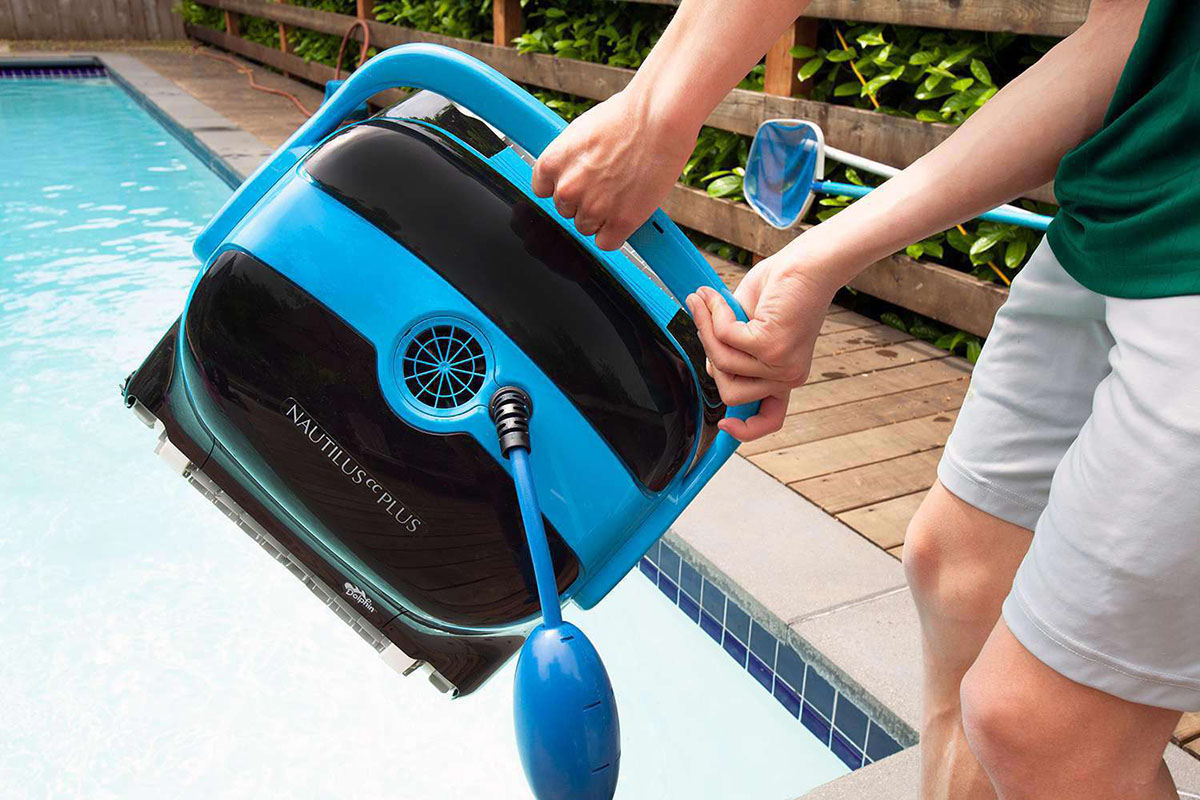
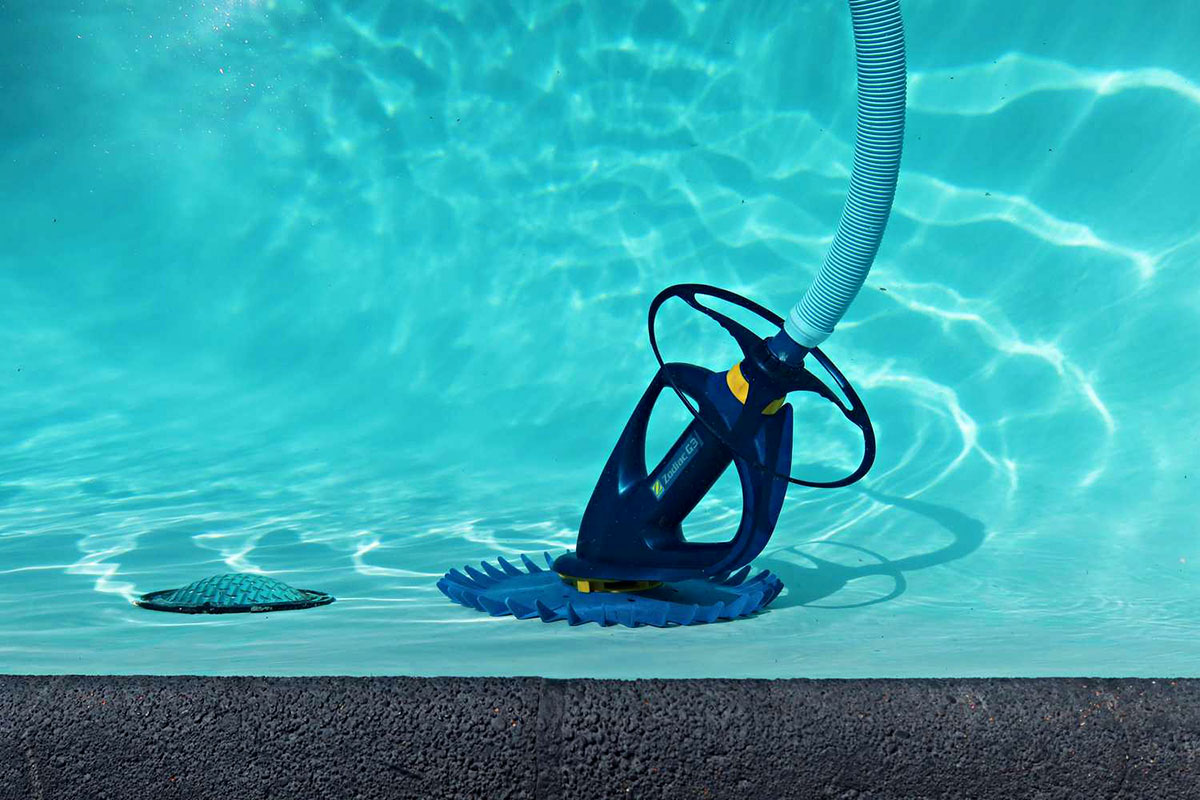
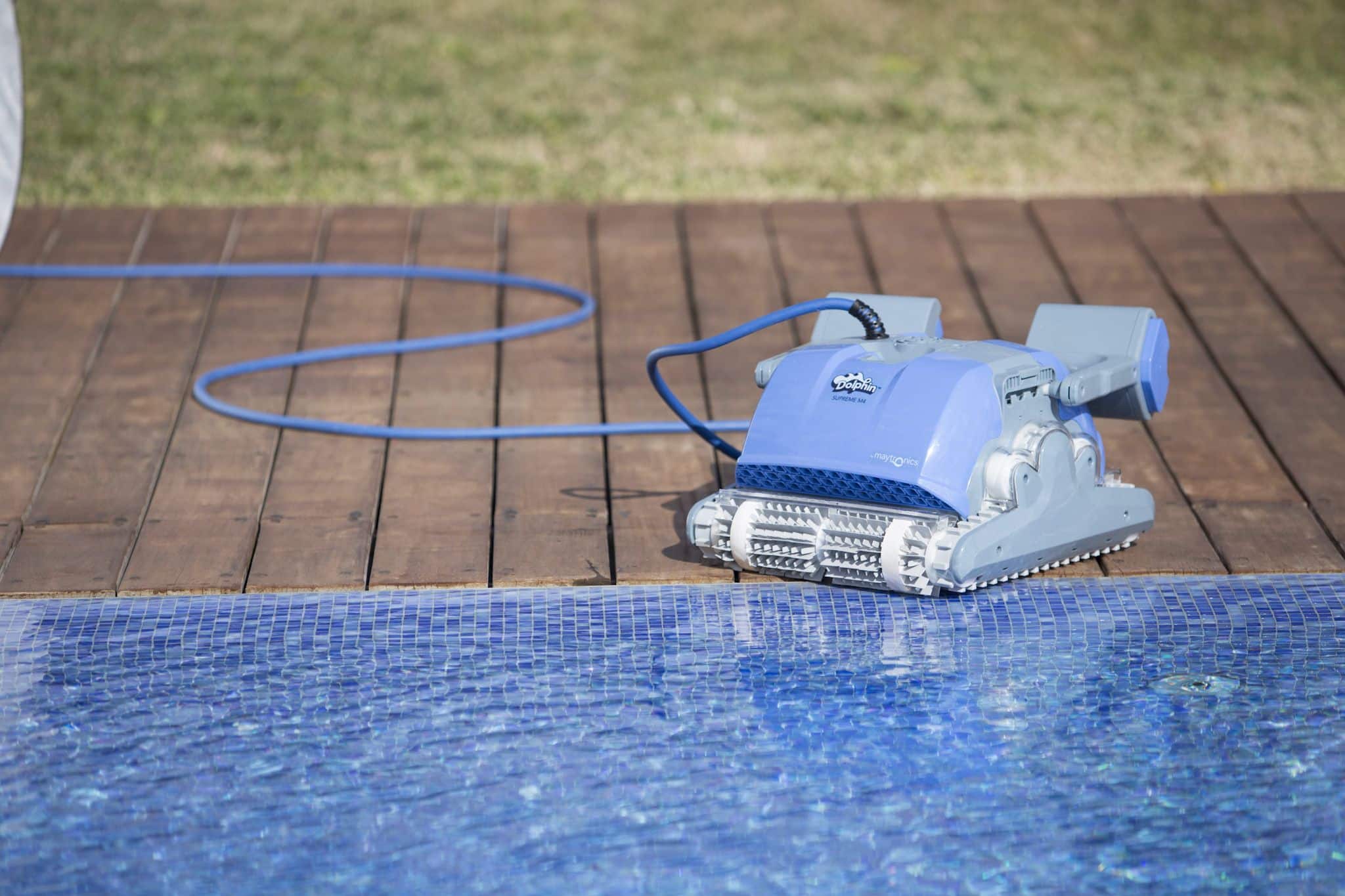
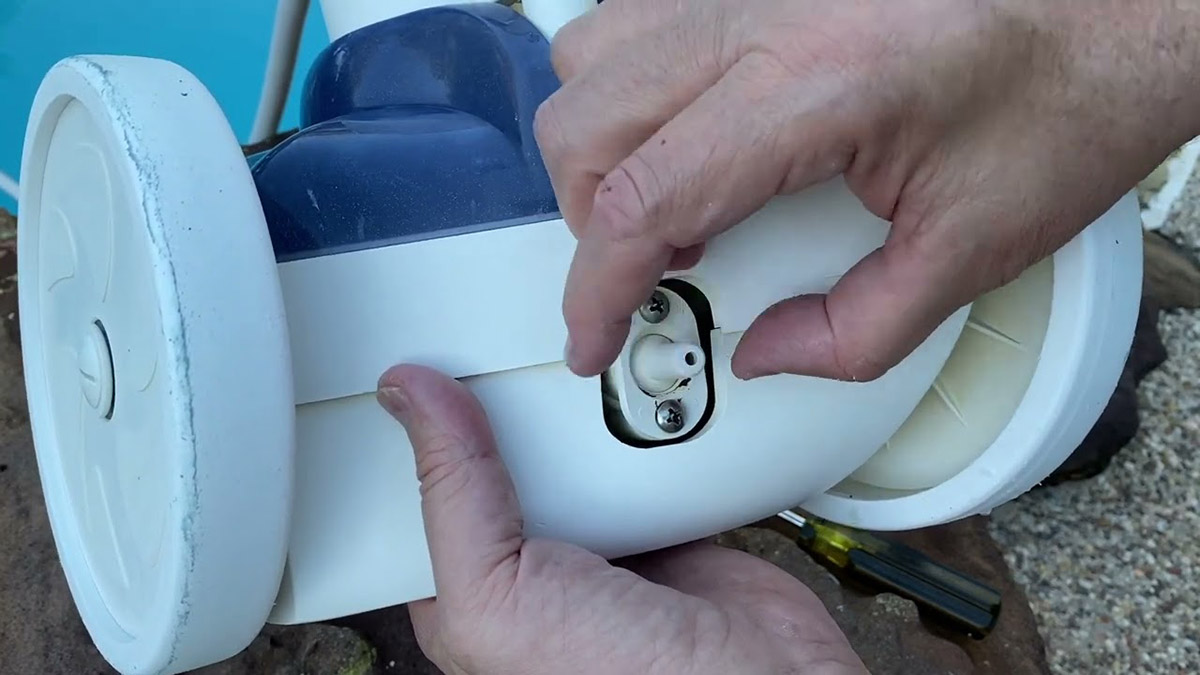
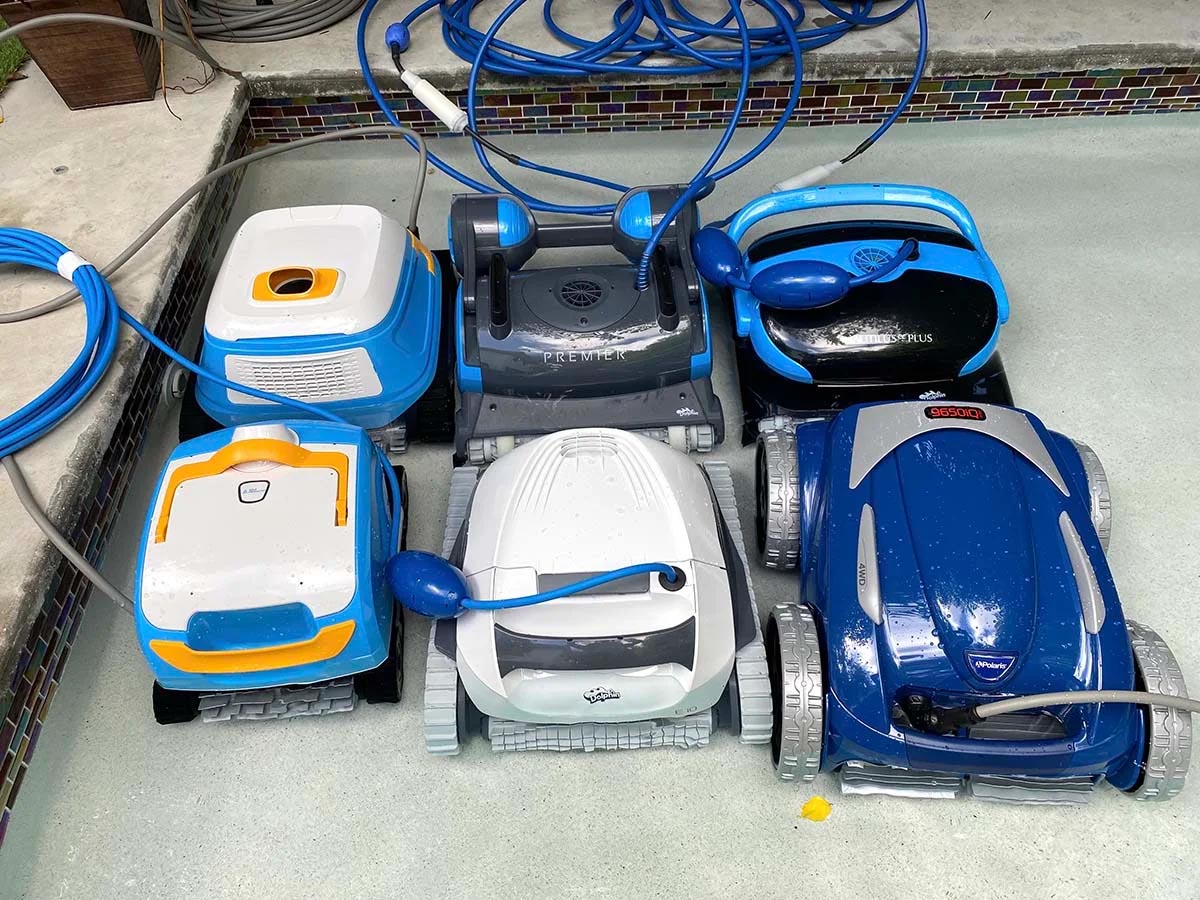
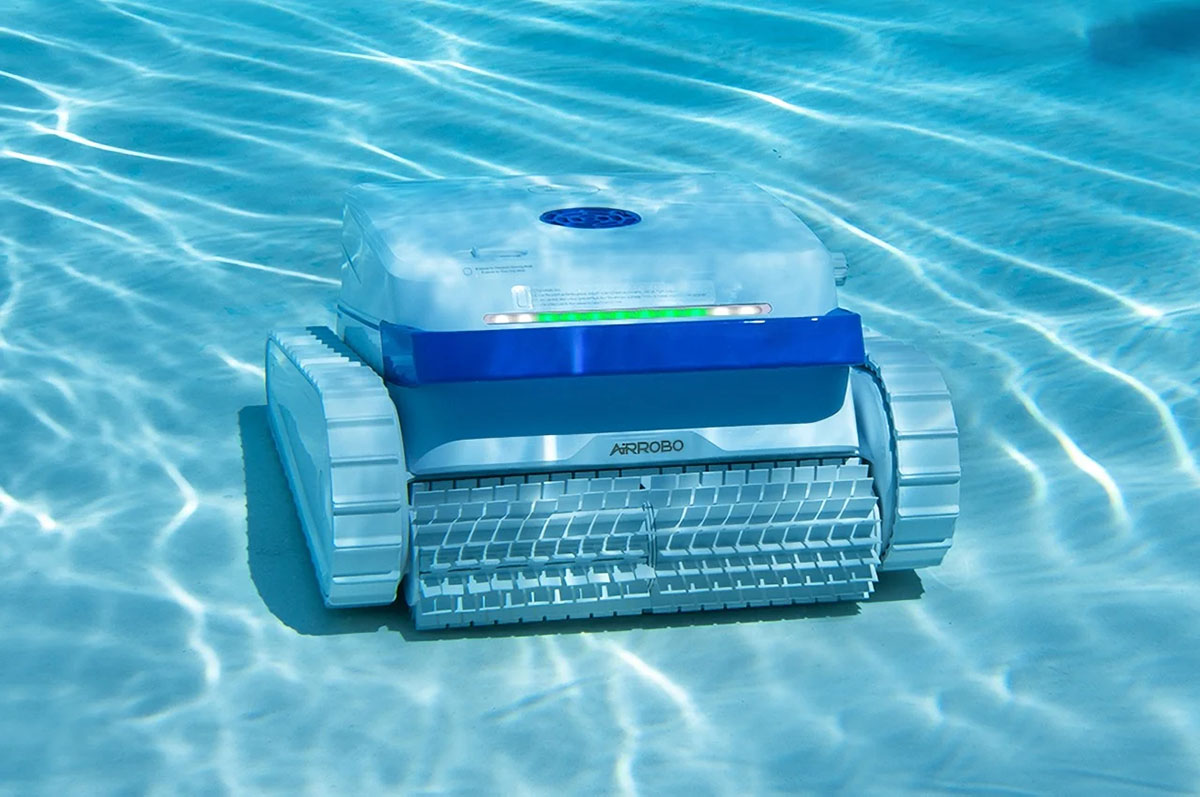
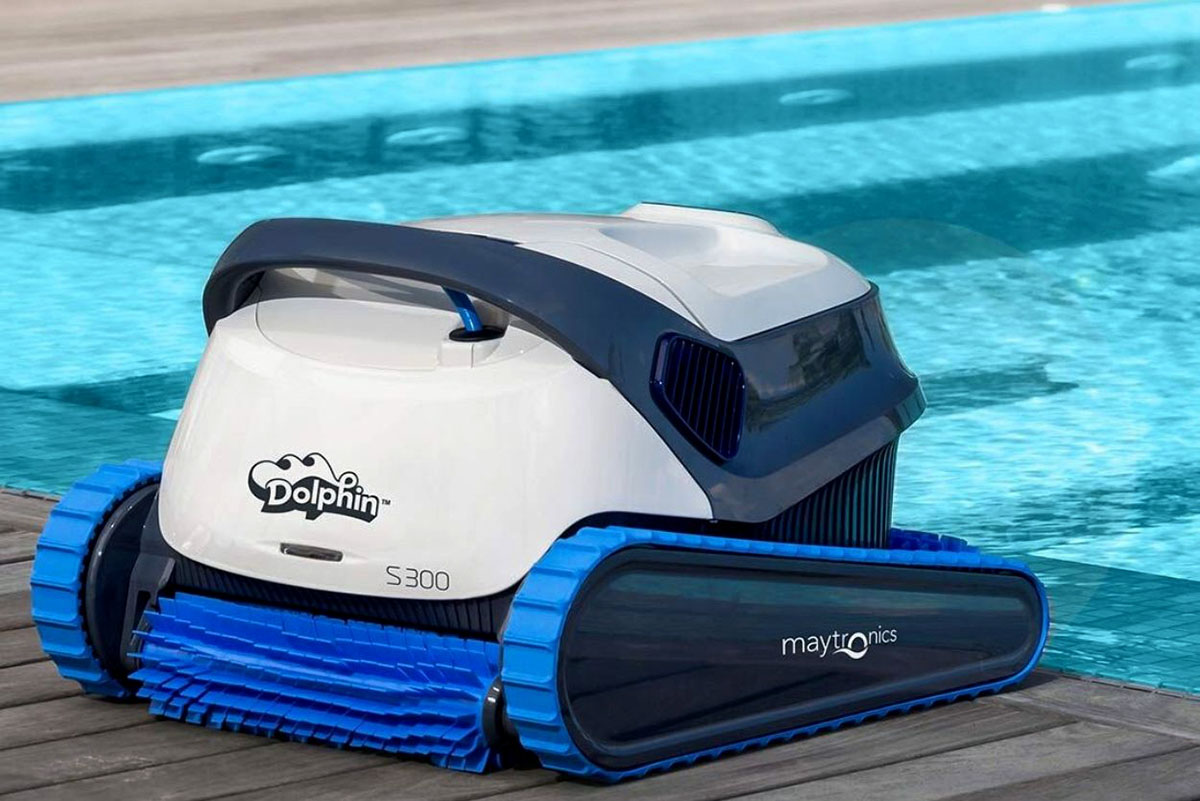
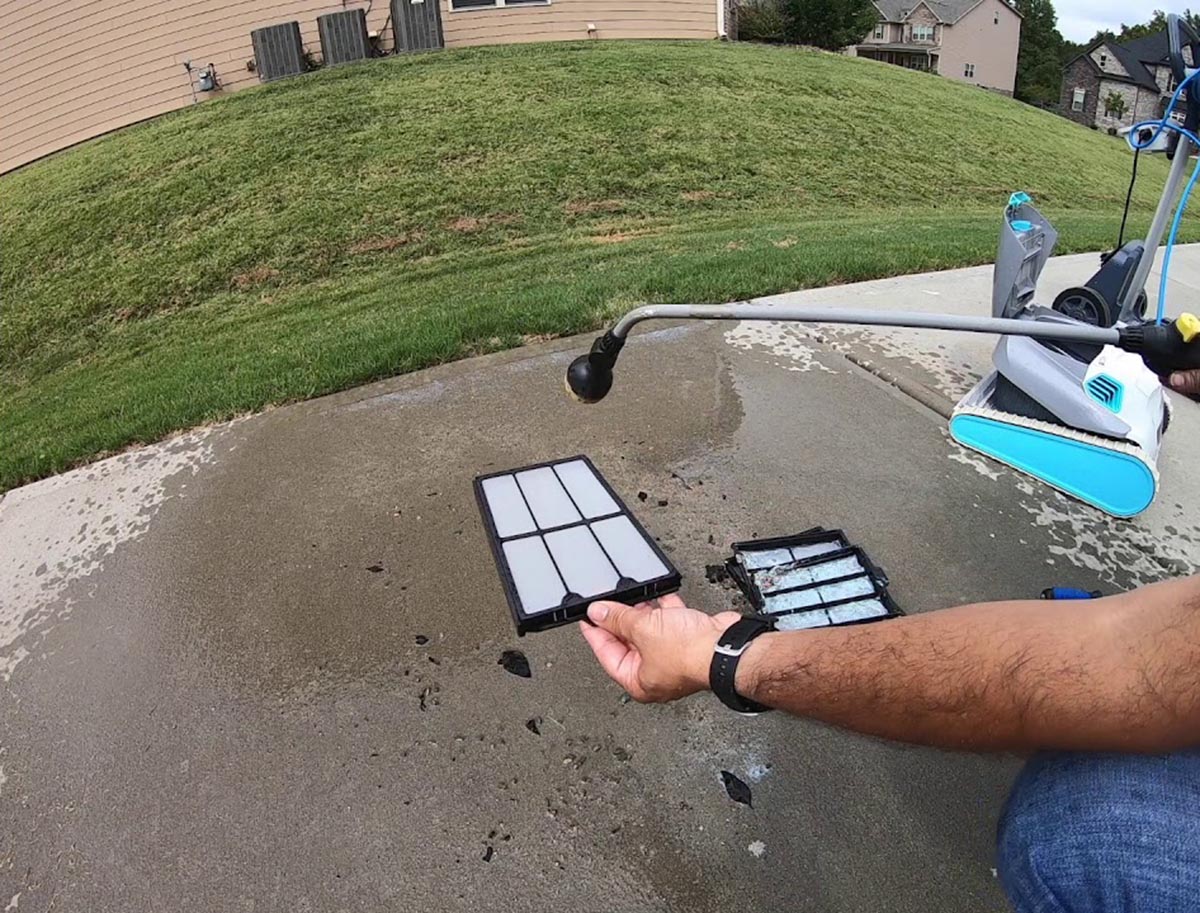
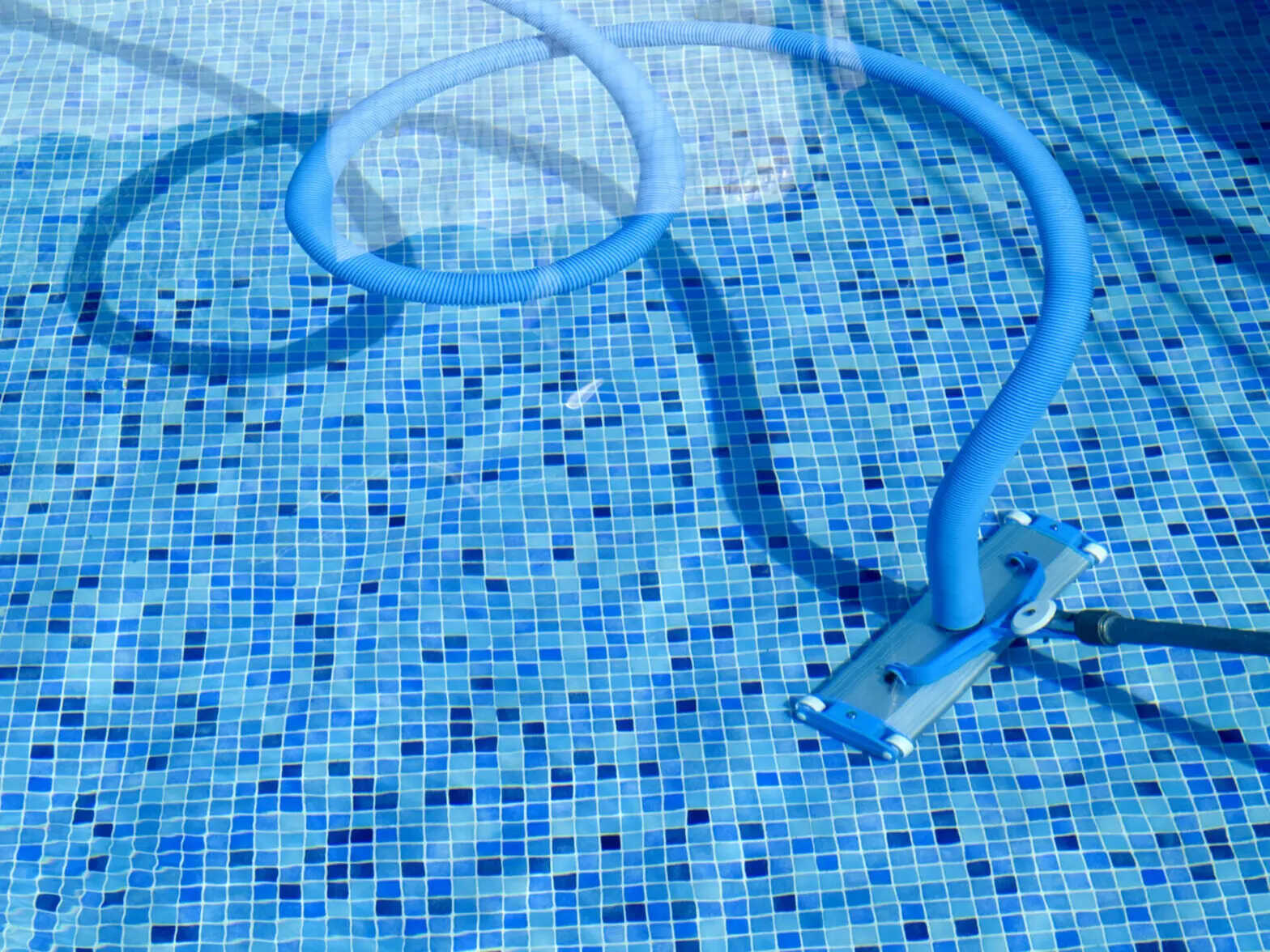

0 thoughts on “Why Is The Pool Cleaner Not Moving”